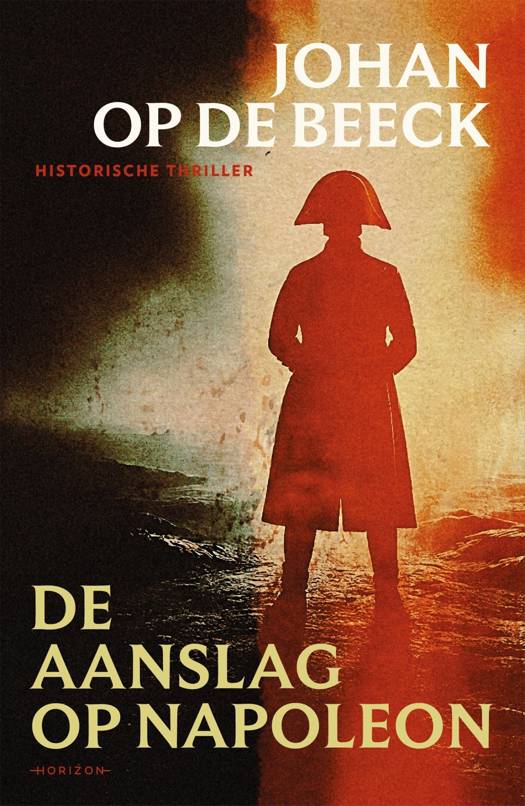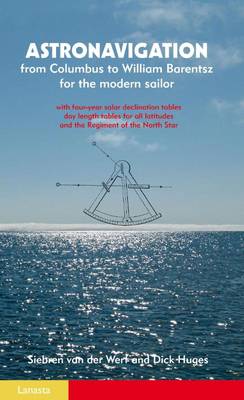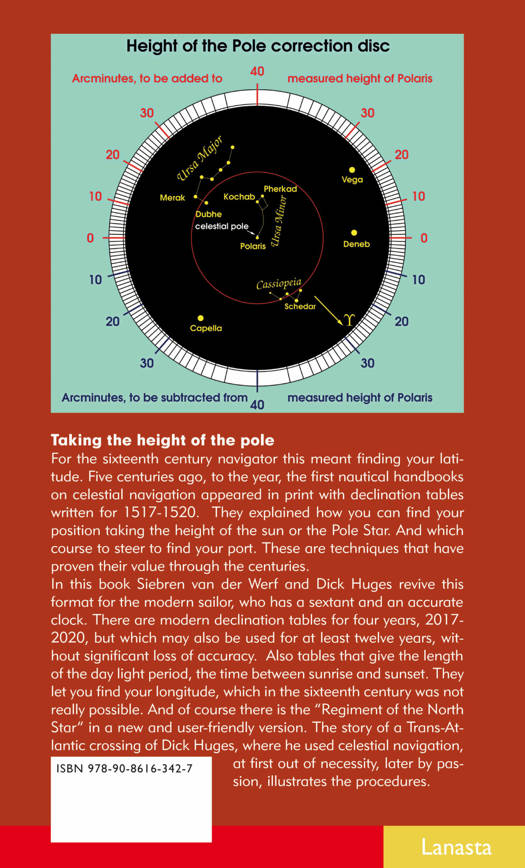
- Afhalen na 1 uur in een winkel met voorraad
- Gratis thuislevering in België vanaf € 30
- Ruim aanbod met 7 miljoen producten
- Afhalen na 1 uur in een winkel met voorraad
- Gratis thuislevering in België vanaf € 30
- Ruim aanbod met 7 miljoen producten
Zoeken
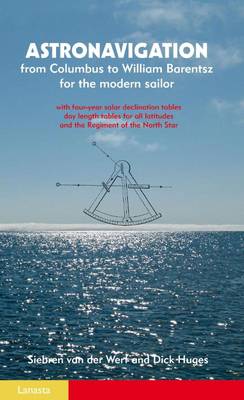
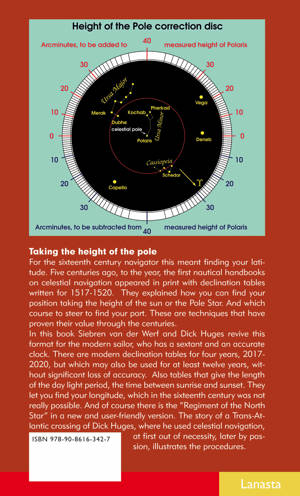
Astonavigation
from Columbus to William Barentsz for the modern sailor
Siebren van der Werf, Dick Huges
Paperback | Engels
€ 16,99
+ 33 punten
Omschrijving
Taking the height of the pole
For the sixteenth century navigator this meant finding your latitude. Five centuries ago, to the year, the first nautical handbooks on celestial navigation appeared in print with declination tables written for 1517-1520. They explained how you can find your position taking the height of the sun or the Pole Star. And which course to steer to find your port. These are techniques that have proven their value through the centuries.
In this book Siebren van der Werf and Dick Huges revive this format for the modern sailor, who has a sextant and an accurate clock. There are modern declination tables for four years, 2017-2020, but which may also be used for at least twelve years, without significant loss of accuracy. Also tables that give the length of the day light period, the time between sunrise and sunset. They let you find your longitude, which in the sixteenth century was not really possible. And of course there is the "Regiment of the North Star" in a new and user-friendly version. The story of a Trans-Atlantic crossing of Dick Huges, where he used celestial navigation, at first out of necessity, later by passion, illustrates the procedures.
For the sixteenth century navigator this meant finding your latitude. Five centuries ago, to the year, the first nautical handbooks on celestial navigation appeared in print with declination tables written for 1517-1520. They explained how you can find your position taking the height of the sun or the Pole Star. And which course to steer to find your port. These are techniques that have proven their value through the centuries.
In this book Siebren van der Werf and Dick Huges revive this format for the modern sailor, who has a sextant and an accurate clock. There are modern declination tables for four years, 2017-2020, but which may also be used for at least twelve years, without significant loss of accuracy. Also tables that give the length of the day light period, the time between sunrise and sunset. They let you find your longitude, which in the sixteenth century was not really possible. And of course there is the "Regiment of the North Star" in a new and user-friendly version. The story of a Trans-Atlantic crossing of Dick Huges, where he used celestial navigation, at first out of necessity, later by passion, illustrates the procedures.
Specificaties
Betrokkenen
- Auteur(s):
- Uitgeverij:
Inhoud
- Aantal bladzijden:
- 80
- Taal:
- Engels
- Geïllustreerd:
- Ja
Eigenschappen
- Productcode (EAN):
- 9789086163427
- Verschijningsdatum:
- 28/06/2018
- Uitvoering:
- Paperback
- Afmetingen:
- 125 mm x 206 mm
- Gewicht:
- 199 g

Alleen bij Standaard Boekhandel
+ 33 punten op je klantenkaart van Standaard Boekhandel
Beoordelingen
We publiceren alleen reviews die voldoen aan de voorwaarden voor reviews. Bekijk onze voorwaarden voor reviews.



